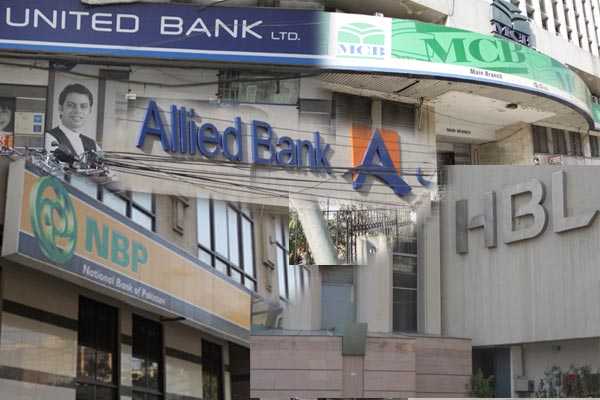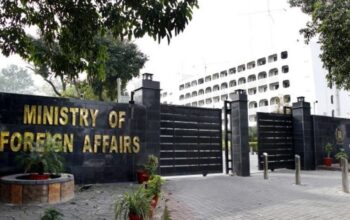By Staff Reporter
ISLAMABAD: Pakistan’s central bank warned on Friday that the country’s banking sector faces a number of challenges as the economy slows down and borrowers struggle to repay their debts.
The State Bank of Pakistan (SBP) said in its annual Financial Stability Review that the banks’ asset quality could deteriorate, their earnings could moderate and their liquidity could come under pressure due to subdued economic activities, increased public sector exposure and weak deposit mobilization.
“The assessment of macroeconomic dynamics reveals a number of challenges for the banking sector,” the SBP said. “The repayment capacity of borrowers may come under stress, leading to asset quality concerns for the banks.”
The SBP also said the microfinance sector, which provides loans to low-income households and small businesses, needs a review of its business model to improve its performance.
The central bank said it conducts regular stress tests to assess the resilience of the banking sector to hypothetical shocks and that the results suggest that the sector can withstand severe macroeconomic shocks, although non-performing loans may increase.
The SBP added that it has a comprehensive supervisory and safety net framework in place to monitor and address both firm-specific and system-wide risks to financial stability and that it stands prepared to take necessary measures to preserve financial stability and support economic growth.
Pakistan’s economy experienced a turbulent year as the existing economic imbalances were compounded by the unfavorable external environment. The country entered into a $6 billion loan program with the International Monetary Fund in 1998 to stabilize its balance of payments and fiscal position, but the program was suspended in November 2022.
The central bank said the financial sector’s asset base expanded by 18.3 percent last year, mainly driven by the banking sector, which grew by 19.1 percent.
The SBP said it and the government took various policy steps to address widening imbalances, such as raising the policy rate, tightening macro-prudential rules for consumer financing and taking administrative measures to contain external imbalance.
As a result, the current account deficit improved towards the end of the year, while economic momentum weakened. The gross domestic product (GDP) grew only by 0.29 percent in the fiscal year 2023, the SBP said.
The banking sector witnessed strong growth in investments, while advances decelerated. The credit risk remained contained as the ratio of gross non-performing loans (NPLs) to total loans declined to 7.3 percent from 7.9 percent a year earlier.
The banks’ after-tax earnings improved, mainly due to higher interest income, and their return on equity (ROE) rose to 16.9 percent from 14.0 percent. The banks’ solvency also improved as their capital adequacy ratio (CAR) stood at 17.0 percent, well above the minimum regulatory requirement of 11.5 percent.
The Islamic banking segment also posted robust growth of 29.6 percent during 2022, with improved asset quality and earnings. However, the microfinance banks remained under stress as their asset quality deteriorated and they incurred after-tax losses, the SBP review stated.
The SBP said that it will continue to monitor the financial sector’s stability and take necessary measures to mitigate any potential risks.
Copyright © 2021 Independent Pakistan | All rights reserved




